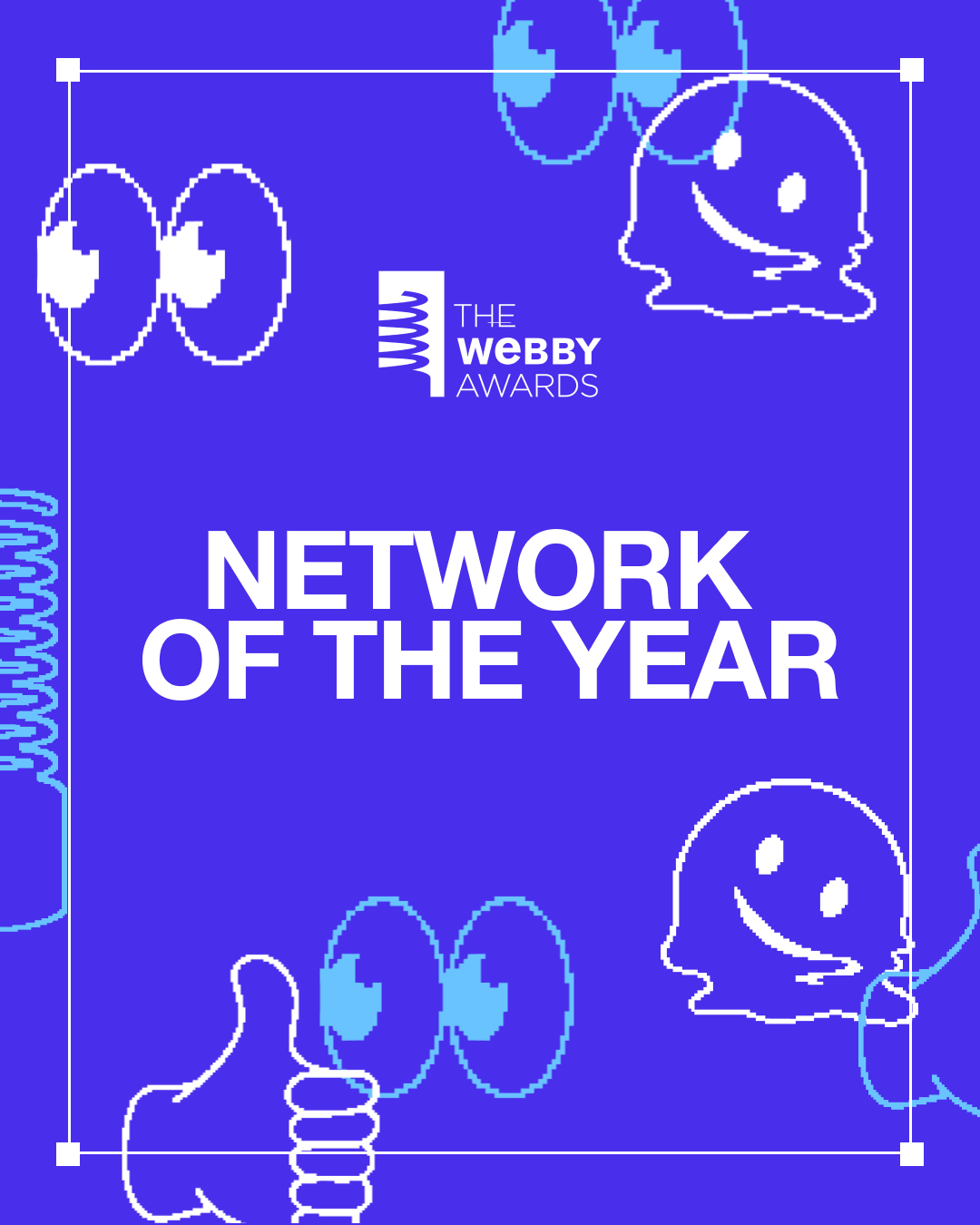Bridging the gap between customer data and experience


Marketing Director, UK&I
Increasing volumes of ambitious, customer-centric brands are merging data, creativity and technology to create experiences that engage customers on a new level. The rise in immersive, brand-led entertainment has shifted consumers’ mindset around data, encouraging them to share information and preferences in exchange for more relevant and engaging experiences. It’s a win-win; brands are able to improve customer experience (CX) while building more reliable data sets, and consumers receive the experience they want. But this approach is being led by an elite few, and isn’t the reality for the majority of brands. Despite data being one of the most useful tools to help businesses understand customer behaviour and market trends, improve decision making and evaluate ROI, 87% of marketers consider it to be their organisation’s most under-utilised asset.
Demanding better data
Many companies collect a wealth of customer data, but often drop the ball when it comes to activation. For too long, brands have been using a blend of unreliable, probabilistic data (based on patterns and the likelihood of a certain outcome, like cookies), and more objective deterministic data (known information that a customer has often input, such as names and email addresses), to create customer experiences that they think people want. We must ask why, when it’s possible to leverage data to deliver experiences that we know customers want.
With stricter industry regulations gradually phasing out the use of third party data and the discontinuation of the cookie on the radar for more than a year, companies have been forced to consider and extend their data capabilities beyond traditional, probabilistic methods.
“The third party cookie represented a shortcut for brands to reach customers without implementing a real strategy or investing the lead time to build direct relationships. Although tactics like blind retargeting were effective in the early stages of digital marketing, consumers are now savvier and expect brands to move away from generalisations and focus on more bespoke personalisation,” says Lizzie Powell, Strategy Director at DEPT®.
Within the past year, collecting more first party data was deemed a high priority by 88% of major brands. But one of the biggest blockers to activating this data is that it is often siloed and difficult to access, which 47% of marketers agree with. As customer journeys become more complex, the need for brands to track and connect customer engagements becomes even more important. To address this challenge, many brands are implementing a customer data platform (CDP) to aggregate and analyse customer data from a variety of sources such as the CRM, web forms, events, email marketing, social media, websites and more. CDPs collect real-time first, second and third party data to create a single view of the customer based on their demographic, historic behaviour and browsing activity; enabling brands to better understand customers, their journeys, and activate customer data to its full potential.
Zero party data
In addition to unlocking and activating first party data, increasing numbers of brands are going straight to the source. Forrester recently coined the term ‘zero party data’, which it defines as: “Data that a customer intentionally and proactively shares with a brand. It can include preference centre data, purchase intentions, personal context, and how the individual wants the brand to recognise them.”
A zero party data strategy doesn’t force users to fill in their details. Rather, it’s built on a relationship of trust. It is built on the understanding that by providing a ‘give to get’ value exchange, consumers are more likely to share their information in return for a tailored, more valuable customer experience.
Inspiring activation
Once the right mechanisms are in place for collecting and analysing customer data, successfully bridging the gap between data and experiences comes down to activation. The implementation of a preference centre may be the first step in some brands’ zero party data strategy, with tick boxes certainly likely to yield results, but this tactic offers no real sense of engagement or entertainment to catch up (never mind compete) with the trailblazers.
Interactive experiences such as questionnaires, polls and quizzes give customers a genuine reason to engage. Incentives can come in the form of exclusive content, personalised recommendations, social kudos and loyalty points, which have proven to be just as popular as monetary ones. It’s all about cleverly tapping into what’s appealing to the target audience. For example, DEPT® partnered with global fashion search platform Lyst to launch an interactive, data-driven campaign encouraging users to discover their fashion DNA, unrooting which parts of the world has inspired their personal style. By using relatable, scenario-led questions in a quiz format, Lyst effectively gathers lifestyle-oriented data to generate a better understanding of its users, based on their preferences.
As this information was gathered, it was directly linked into Lyst’s existing database of website analytics, paths to purchase, onsite user journeys and favourited products or categories, enabling Lyst to formulate well-rounded user personas and deliver future marketing campaigns with highly personalised touchpoints. We adopted a combination of digital art forms to present the quiz in a way that enhances the user experience and entices continued engagement, while ensuring Lyst’s trendy, fashion-forward brand personality shone through. The success of the campaign centred around value exchange, as while Lyst learns more about their customers to increase relevance of product offerings, the user gets to participate in a fun and immersive experience as well as learn something about themselves.
To play in the big leagues, brands need to abandon old ways of working and equip themselves with a modern strategy that combines data, creativity and technology. DEPT® can help businesses achieve this in multiple ways, from implementing a CDP to transforming data into engaging digital experiences that customers want. Get in touch with our experts to find out more.
More Insights?
View all InsightsQuestions?
Marketing Director, UK&I


